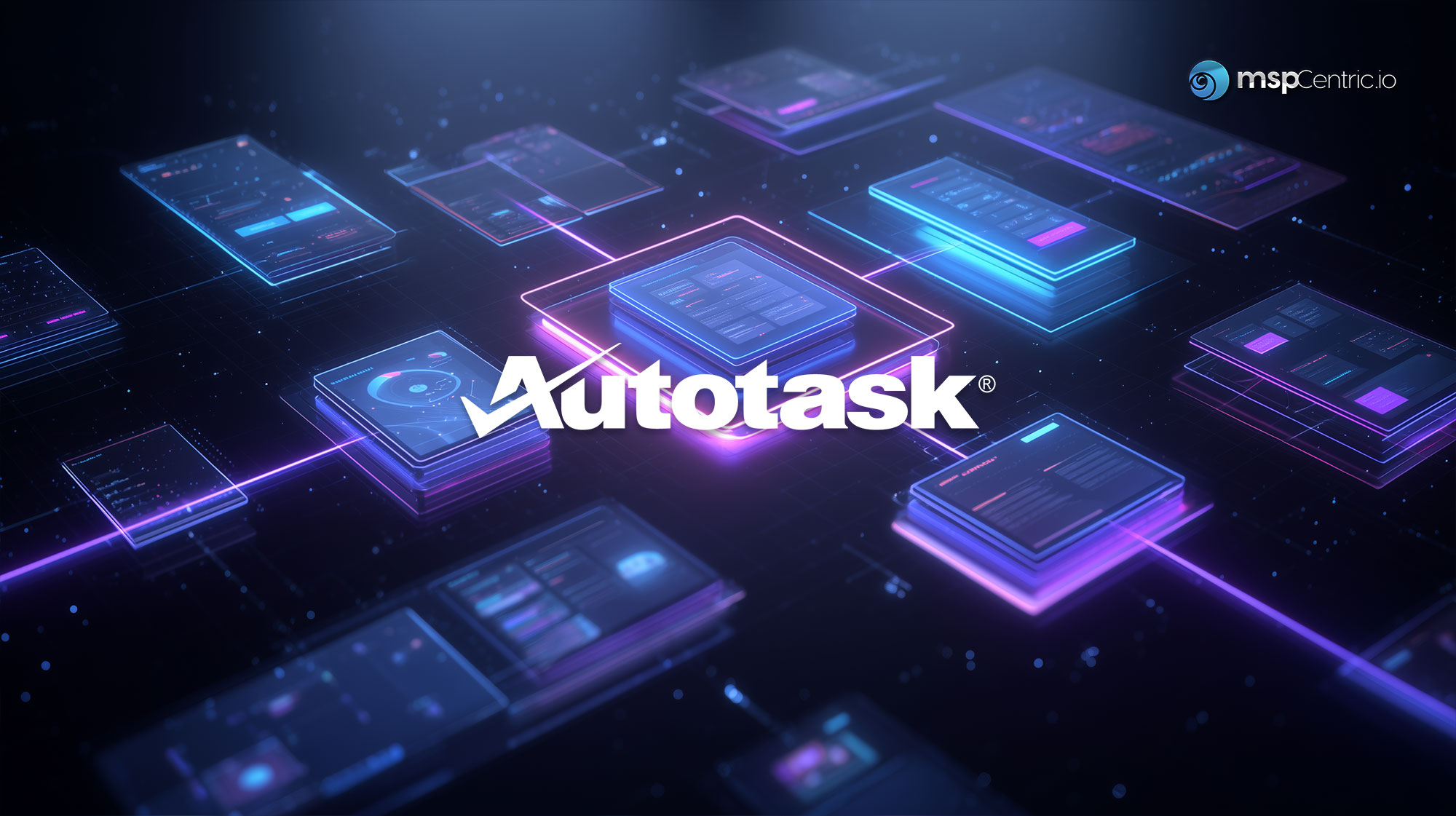Autotask Integration Playbook for Channel Vendors
Learn how to design and launch Autotask integrations that drive adoption, automate MSP workflows, and accelerate your channel program.

Autotask is one of the most widely used PSAs in the managed services market. For channel vendors, a clean Autotask integration is often the first and most demanded by partners. Done right, it doesn’t just check a box, it becomes the daily habit that cements your product in the MSP workflow.
This playbook gives you a step-by-step guide to building, launching, and scaling an Autotask integration that accelerates your channel program.
Why Autotask Matters
• Installed Base: Thousands of MSPs worldwide use Autotask to run their businesses.
• Daily Workflow Control: Tickets, contracts, billing, and projects all flow through Autotask.
• Marketplace Access: The Datto/Autotask ecosystem has its own app catalog, events, and user communities.
• Partner Expectations: Autotask partners demand integrations that “just work” across service, billing, and reporting.
When your product integrates seamlessly with Autotask, you gain credibility, adoption, and stickiness with a large portion of the MSP market.
Core Autotask Integration Patterns
1. Ticket Lifecycle
• Automatically create tickets for alerts, events, or issues detected by your product.
• Update status, priority, and subtype as events progress.
• Close tickets automatically when issues resolve.
2. Company & Contact Sync
• Sync customer records and site locations from your product into Autotask Companies.
• Ensure contacts are linked properly for ticket assignment and reporting.
3. Asset & Configuration Management
• Sync devices, assets, or configurations into Autotask Configuration Items.
• Maintain lifecycle data such as warranty, version, and linked customer.
4. Contracts & Billing
• Push product usage, subscriptions, or licenses into Autotask Contracts.
• Automate billing line items to reduce disputes and manual reconciliation.
5. Projects & Opportunities
• Sync project tasks or milestones from your product into Autotask Projects.
• Tie sales opportunities or quotes into Autotask CRM modules.
Autotask API Considerations
The Autotask API is stable and well-documented. Key considerations:
• Authentication: Typically handled via API credentials; secure handling is essential.
• Rate Limits: Respect API call limits; batch operations when possible.
• Field Mapping: Map your product’s objects into Autotask equivalents (tickets, companies, configurations, contracts).
• Error Handling: Provide clear logging and retry logic.
• Versioning: While stable, Autotask introduces occasional schema changes that require you to monitor release notes.
Partner Experience Best Practices
• Guided Setup: Provide a step-by-step wizard for connecting Autotask.
• Default Mappings: Pre-populate common fields like ticket type, subtype, and status.
• Error Transparency: Show errors in plain language with partner-friendly fixes.
• Documentation: Include screenshots and examples directly from Autotask.
• Workflow Recipes: Publish templates like “Security Alert to Ticket” or “Usage to Contract.”
• Test Mode: Allow partners to simulate data sync before going live.
Ecosystem Orchestration with Autotask
Autotask is more than an API, it’s an ecosystem. Smart vendors leverage:
• Marketplace Listings: Ensure your integration is visible and actively updated.
• Community Access: Engage in Autotask Community Live, Autotask user groups, and peer communities.
• Content Co-Creation: Publish workflow guides with respected MSP operators.
• Trust Building: Position integration adoption as a channel program KPI.
90-Day Execution Plan
Weeks 1-2:
• Define partner outcomes and map value loops.
• Identify top workflows (e.g., ticket creation + billing sync).
• Baseline partner demand and feedback.
Weeks 3-6:
• Build MVP integration covering 1-2 workflows.
• Publish setup guide and troubleshooting doc.
• List in Autotask marketplace.
Weeks 7-10:
• Run integration clinics and office hours with MSP partners.
• Capture and publish 2-3 partner success stories.
• Add reporting packs or dashboards.
Weeks 11-13:
• Expand into contracts, assets, or project sync.
• Launch integration adoption dashboard.
Metrics to Track
• Install and activation rate of Autotask integration.
• Time to first synced ticket, asset, or billing record.
• Active partner usage by workflow.
• Revenue influenced by Autotask integration adoption.
• Support tickets deflected through automation.
FAQ
Do we need to support all Autotask modules at once?
No. Start with tickets and billing, these are highest value. Expand into projects and opportunities later.
What’s the hardest part of Autotask integration?
Field mapping and error handling. Default templates and transparent errors reduce friction.
How do we handle API limits?
Batch operations, queue writes, and respect call limits. Communicate clearly if limits are hit.
What makes an integration MSP-centric?
It delivers value inside the PSA where MSPs live every day, not just in your own platform.
Quick Checklist
• Integration supports ticket creation and closure
• Company and contact sync flows validated
• Usage and billing mapped to contracts
• Setup guide and workflow recipes published
• Marketplace listing active with clear CTA
• Integration adoption dashboard live
Get your checklist free copy:
Subscribe to our newsletter today
Stay tuned for all things MSPCentric and PSA integrations.



